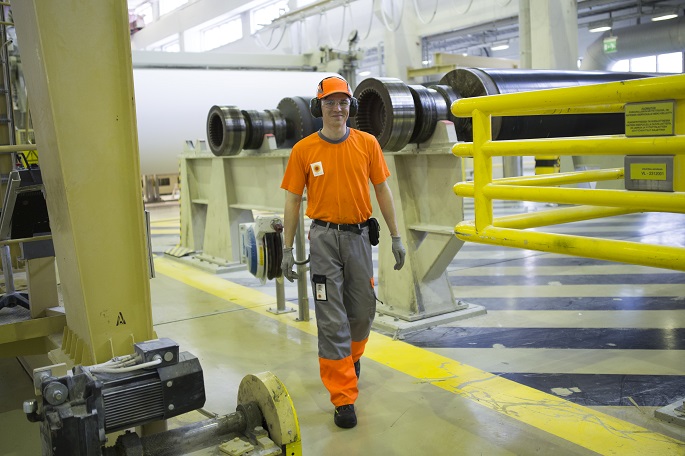Turnover in industry drops in Sep Y-on-Y
Published : 04 Nov 2024, 10:57
Working day adjusted turnover in industry decreased by 1.4 per cent in September 2024 from September 2023, according to Statistics Finland.
Turnover decreased most in the chemical industry by 15.8 per cent in September from one year back. Turnover in the forest industry was 7.1 per cent lower than one year previously.
Turnover, however, grew in several main industries. Turnover grew most in the electronic and electrical industry, where turnover was 19.1 per cent higher than one year earlier. Turnover in mining and quarrying increased by 13.5 per cent from one year ago. Turnover in electricity, gas, steam and air conditioning supply was 2.5 per cent higher and in the metal industry 2.2 per cent higher than one year earlier.
In September, export turnover grew most in the industry of mining and quarrying, by 48.0 per cent. In the electronic and electrical industry, export turnover was 22.6 per cent higher and in the metal industry 11.0 per cent higher than one year earlier. Export turnover also grew in the food industry (4.3%) and in the textile industry (3.9%).
Export turnover decreased most in the chemical industry, by 19.4 per cent from one year ago. In the forest industry, export turnover was 1.1 per cent lower than one year previously.
Domestic turnover decreased in nearly all main industries in September. Domestic turnover decreased most in mining and quarrying (19.9%) and in the forest industry (18.9%) from one year ago.
Domestic turnover in the chemical industry was 7.0 per cent lower and in the metal industry 6.2 per cent lower than one year earlier.
Domestic turnover increased only in the textile industry, by 0.2 per cent from one year ago.
Seasonally adjusted turnover in industry increased by 0.5 per cent in September 2024 compared to August.
In August, turnover decreased by 1.4 per cent from the previous month. Turnover grew by 0.8 per cent in July compared to June.


